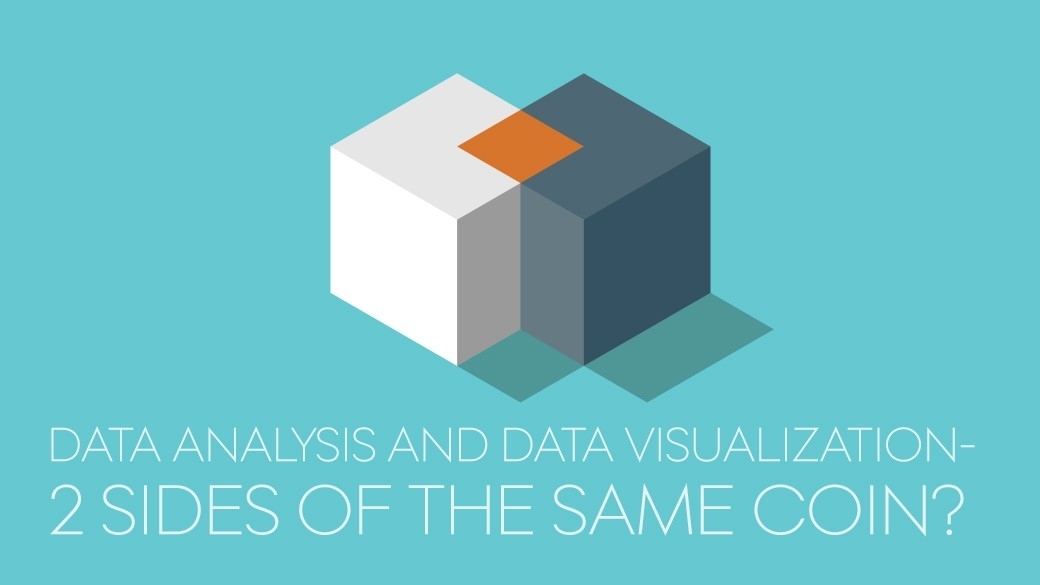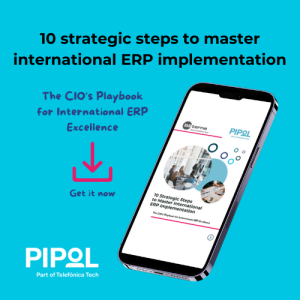Difference Between Data Analysis and Data Visualization

Data analysis and data visualization might have differing perspectives, but they can also work together harmoniously. This allows you to create visual analytics that present complex data sets in a way that’s easy to understand. Effectively presenting the data helps audiences quickly gain deeper insights for better decision-making and more effective analyses.
Data analysis and data visualization are two terms that are often intertwined. So, what exactly is the difference between these two processes?
When we talk about data analysis, we’re talking about an exploratory, fact-finding process that requires asking the right questions to uncover answers that are oftentimes difficult to come by. On the other hand, data visualization is the process of visually representing that data- anything from a single chart to a detailed dashboard, infographic or data story. The goal of data visualization is to reduce the time it takes for audiences to understand the data presented.
Working hand-in-hand
Despite their different viewpoints, data analysis and data visualization actually work hand-in-hand in a way that’s very much mutually beneficial. A recent article from Forbes, What’s the difference between Data Analysis and Data Visualization, states that:
“In working with data, analysis should come before the visual output, but visual analytics can be an excellent method for running more effective analyses.”
The process of visual analytics involves building different charts with your data to show different perspectives. This makes it easier to present complex data sets in a way that’s simple to understand and follow, and helps audiences identify insights, trends, gaps and areas that require further investigation. This leads to greater clarity and a better understanding of the data.
Perform ongoing analysis
The output of this process is the visual dashboard, which is generally viewed as the final delivery. But in fact, the visual dashboard should be seen as a starting point for further analysis. When you have effective visual representation of data, audiences can quickly drill-down into the details and continue analyzing the data to pinpoint future business opportunities and improvements.
Present clear findings
“An effective, well-designed visualization is great, but you risk losing your audience if the information is hidden in data art and cannot be acted upon by your stakeholders.”
An analyst’s role is not just to produce these dashboards, but also show insights and greater analytical skills. Simply adding additional text describing the insights and conclusions from the data analysis, can help ensure the data is accessible to all and audiences don’t have to do their own analysis. This makes it easier for audiences to process the data so they can actively participate in further analysis.
Reach your data-driven potential
Pipol’s business intelligence tools are designed to help you quickly understand trends and derive insights from your data. By performing advanced analytics and data visualization, we enable our customer to make smarter business decisions. And, our 360° approach to Business Intelligence is custom fitted to your business each time. To find out more about how we can help you maximize your company’s data-driven potential, get in touch today.





